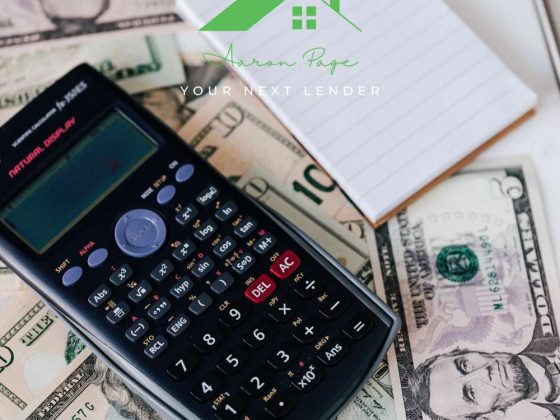Today, we’re going to talk about a term that may seem a bit unfamiliar to some, but fear not, it’s nothing too complicated. We’re delving into the realm of Non-Qualified Mortgages (Non-QM loans). They are an alternative path to homeownership, and understanding them could open new doors for your future. Ready? Let’s dive in!
Defining Non-QM Loans
First things first, let’s get to the basics. So, what are Non-QM Loans? Well, they are any home loan that does not meet the standards set by the Consumer Financial Protection Bureau’s (CFPB) Qualified Mortgage (QM) rules.
The Birth of Non-QM Loans
Non-QM loans were born out of the aftermath of the 2008 financial crisis when regulators took steps to prevent a recurrence of the mortgage meltdown that triggered the crisis. The CFPB introduced QM rules to ensure that borrowers were given “safe” loans, ones that they could reasonably afford to repay.
Outside the Box: The Characteristics of Non-QM Loans
But, of course, not all borrowers fit into the QM box. Non-QM loans, therefore, cater to borrowers who do not meet standard lending criteria. These loans may have features like interest-only payments, loan terms exceeding 30 years, or debt-to-income ratios above the typical 43% limit.
The Non-QM Market: Who Are They For?
Now that we know what Non-QM loans are let’s move on to who they are designed for. While they might not be for everyone, they can be a useful tool for specific borrowers.
Self-Employed Borrowers
One of the primary beneficiaries of Non-QM loans are self-employed individuals. Unlike traditional employees, self-employed borrowers often have difficulty providing the typical proof of income needed for a standard mortgage. Non-QM loans may allow them to use alternative methods of verifying income, such as bank statements.
Real Estate Investors
Real estate investors can also benefit from Non-QM loans, particularly those who wish to invest in rental properties. Traditional mortgages may not accommodate these types of investments, but Non-QM lenders often have products designed explicitly for real estate investors.
Borrowers with Unique Circumstances
Finally, Non-QM loans can help those with unique circumstances that make a traditional mortgage a poor fit. This could include borrowers with a significant amount of assets but irregular income or those who have a high debt-to-income ratio due to student loans or similar issues.
Walking the Non-QM Path: Points to Consider
Non-QM loans can be a great tool, but like any financial product, they come with risks and rewards. So let’s delve into a few crucial points you should consider before choosing a Non-QM loan.
Higher Costs
First, Non-QM loans typically come with higher interest rates and costs than traditional mortgages. Because these loans fall outside of the standard guidelines, lenders take on more risk and therefore charge more for the loan.
Finding the Right Lender
Also, not all lenders offer Non-QM loans, so you may have to do some digging to find a lender that does. It’s crucial to work with a reputable lender who can guide you through the process and ensure you’re getting a loan that suits your needs.
The Importance of Shopping Around
Lastly, don’t forget the importance of shopping around! Just as with traditional mortgages, the terms of Non-QM loans can vary significantly from lender to lender. It pays to compare your options and make sure you’re getting the best deal possible.
There you have it, folks! Non-QM loans might seem daunting at first, but they’re just another tool in your homeownership toolbox. They offer an alternative path to homeownership for those who don’t fit into the traditional mortgage box. As always, remember to do your research, consult professionals, and choose the best path for you. Until next time, happy house hunting!




